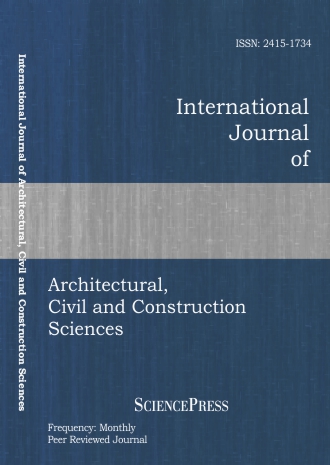
Scholarly
Volume:7, Issue: 3, 2013 Page No: 241 - 248
International Journal of Architectural, Civil and Construction Sciences
ISSN: 2415-1734
1976 Downloads
Impacts of Rail Transportation Projects on Urban Areas in Izmir-Turkey
With the development of technology, the growing trend of fast and safe passenger transport, air pollution, traffic congestion, increase in problems such as the increasing population and the high cost of private vehicle usage made many cities around the world with a population of more or less, start to build rail systems as a means of urban transport in order to ensure the economic and environmental sustainability and more efficient use of land in the city. The implementation phase of rail systems costs much more than other public transport systems. However, social and economic returns in the long term made these systems the most popular investment tool for planned and developing cities. In our country, the purpose, goals and policies of transportation plans are away from integrity, and the problems are not clearly detected. Also, not defined and incomplete assessment of transportation systems and insufficient financial analysis are the most important cause of failure. Rail systems and other transportation systems to be addressed as a whole is seen as the main factor in increasing efficiency in applications that are not integrated yet in our country to come to this point has led to the problem.
Authors:
References:
[1] E. Öncü, "Dünyada ve Ülkemizde Kentiçi Raylı Sistem Deneyimleri